Sea-Bird Scientific is proud to partner with Sequoia Scientific in hosting the first Ocean Science & Technology Conference in Seattle, Washington on Thursday, September 14th.


Sea-Bird Scientific is proud to partner with Sequoia Scientific in hosting the first Ocean Science & Technology Conference in Seattle, Washington on Thursday, September 14th.
Sea-Bird Scientific is proud to partner with Sequoia Scientific in hosting the first Ocean Science & Technology Conference in Seattle, Washington on Thursday, September 14th.

An instrument’s bulkhead connector is often its only pathway for communication. Although they are robust, failure to care for the connector can quickly put an end of to a research expedition. Lean how to properly clean and maintain your instrument’s connectors with...

February 2020 Newsletter The data above came from a HydroCAT-EP multiparameter probe moored in an estuary near Savannah, Georgia. The highlighted section shows a sudden change in the temperature and salinity data that lasted for approximately 4 days, and continued...

January 2020 Newsletter Paperclips are handy, but have you used one to troubleshoot an oceanographic sensor? When you’re unable to communicate with your instrument, the humble paperclip is one of the first tools that Sea-Bird Scientific’s technical support team...
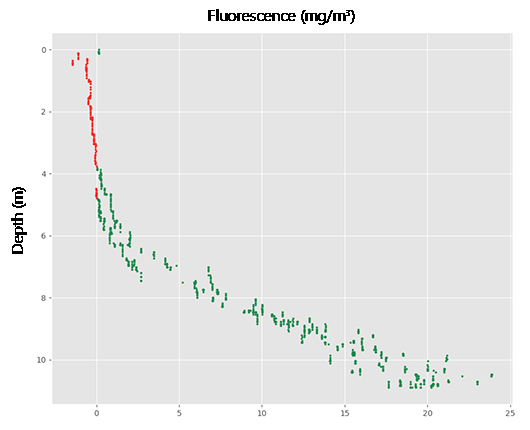
December 2019 Newsletter Fluorescence is the light emitted by a particle after excitation from another light source. Sea-Bird Scientific fluorometers are widely used to measure fluorescence from chlorophyll as a method of measuring primary productivity. The figure...
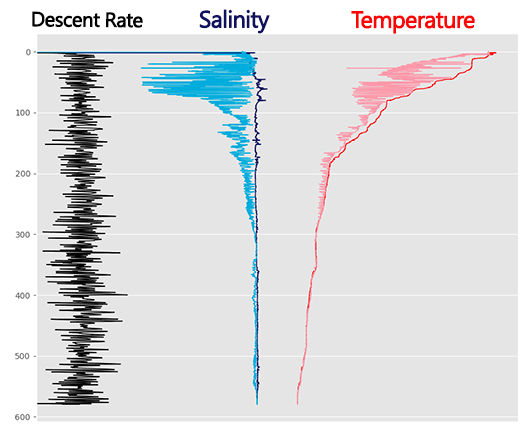
November 2019 Newsletter The data above come from a profiling CTD, deployed in sea conditions that caused approximately 1-meter ship heave. Two things stick out – relatively unchanging salinity data during the downcast, and noisy data during the upcast (shown in light...
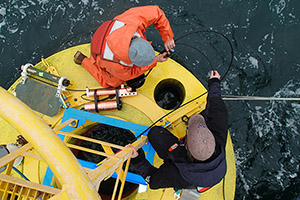
October 2019 Newsletter On October 31st, Sea-Bird Scientific presented a hands on technical training at the OCEANS ’19 conference in Seattle, WA. If you could not attend, watch a recording of our live webinar, presented on July 18th 2019, outlining how our latest line...
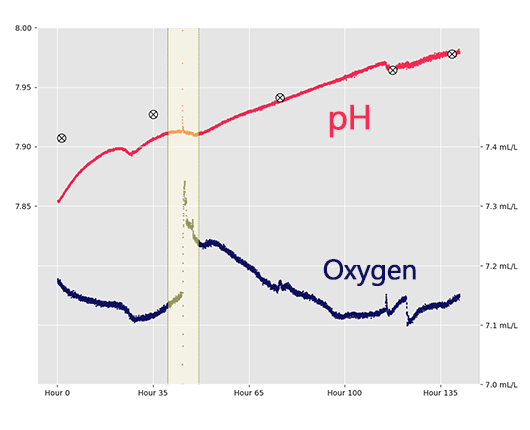
September 2019 Newsletter These data show a small but rather catastrophic deployment error. Shown above, pH and dissolved oxygen data before the highlighted area did not match bottle samples or nearby validation sensors, but data after the highlighted area accurately...
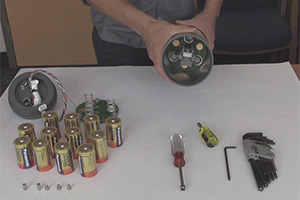
How long can you really trust your sensor to sip energy from its batteries? Properly selecting the right sample interval must strike a balance between a high-resolution dataset and a complete time-series. After some quick calculations, we’ve found the optimal sample...
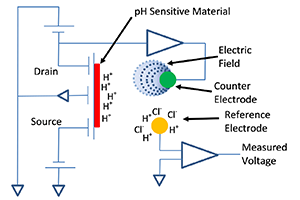
May 2019 Newsletter ISFET-based pH sensors have been used to measure pH in industrial settings for years (do you know the pH of your last beer?). It’s the adaptation of this technology for measuring ocean pH that makes the SeaFET V2 and SeapHOx V2 novel tools for the...
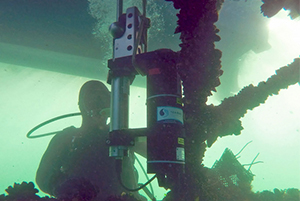
April 2019 Newsletter Sea-Bird Scientific’s line of ISFET pH sensors only communicate via RS-232. However, savvy integrators can utilize the SBE 44 Underwater Inductive Modem as the link between the SeaFET/SeapHOx and an existing inductive modem mooring, providing...
Celebrating Earth Day with Sea-Bird Scientific Sea-Bird Scientific is proud to play a part in protecting and better understanding our oceans, and ultimately our planet. We are so grateful to work collaborators, partners, and customers, who are doing instrumental...
We were so grateful for another successful year at Ocean Business in Southampton, UK. This year, we sent a cross functional team consisting of sales, marketing, science, service, and more, to ensure that we had a large associate group on-hand that could answer a...
Sea-Bird Scientific will soon be part of Veralto! We’re excited to share some news – later this year, Sea-Bird Scientific will be part of a new public company – Veralto! As you may know, Sea-Bird Scientific has been part of Danaher as our parent company since 2008. In...